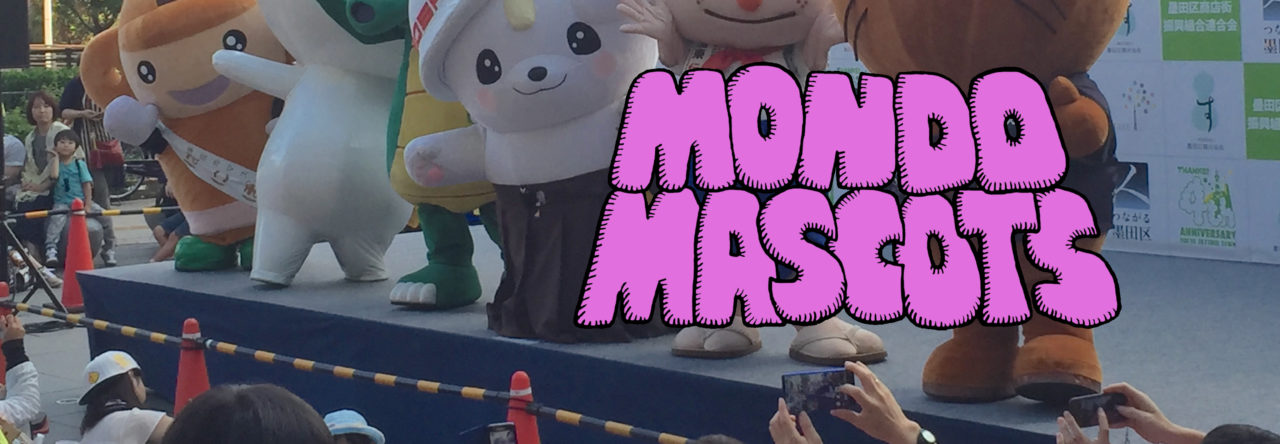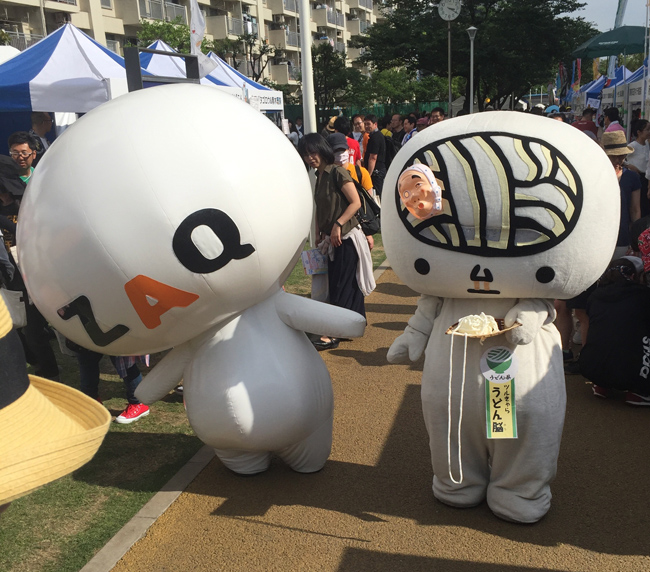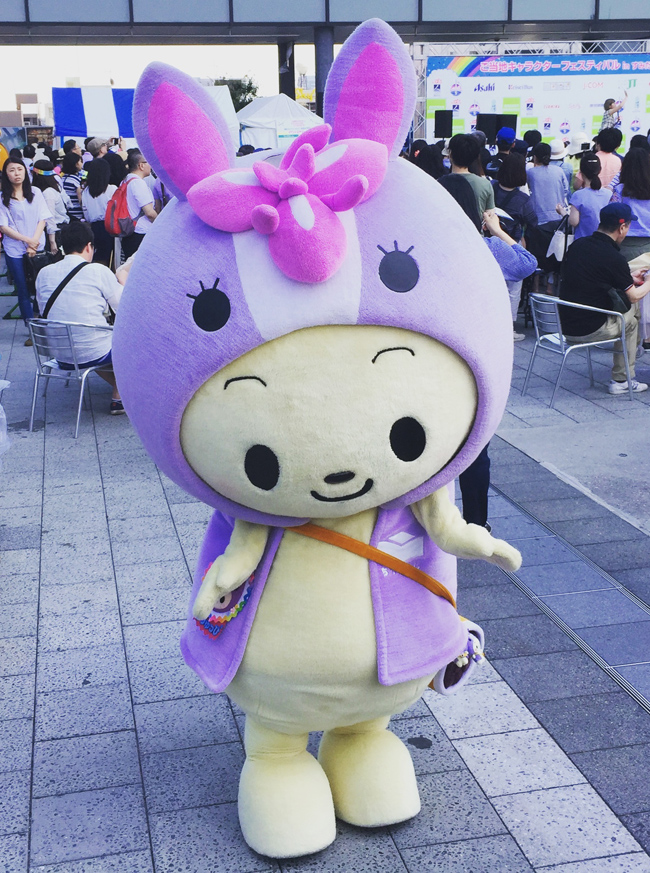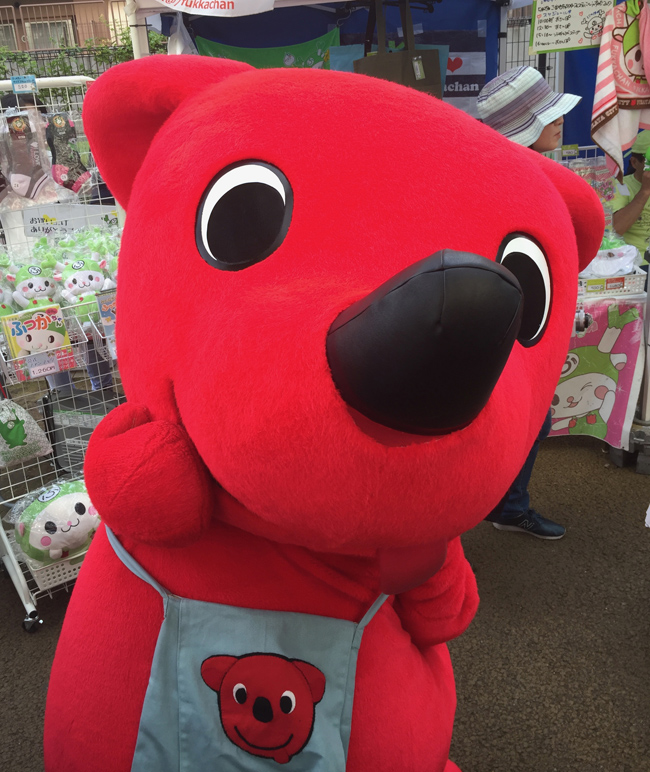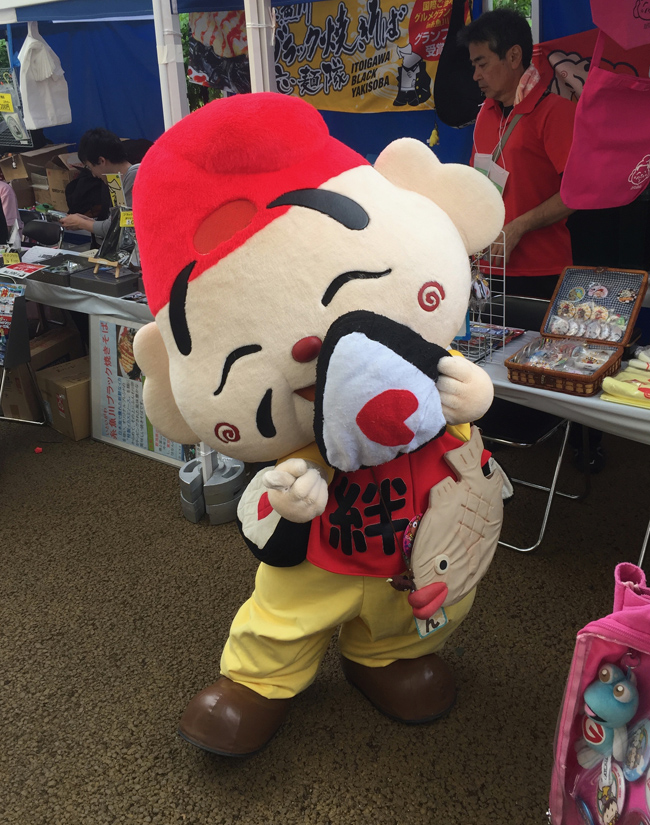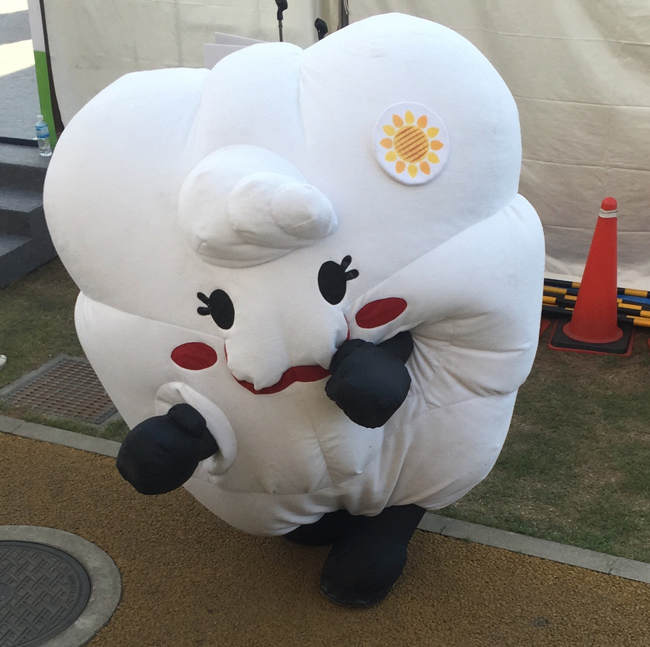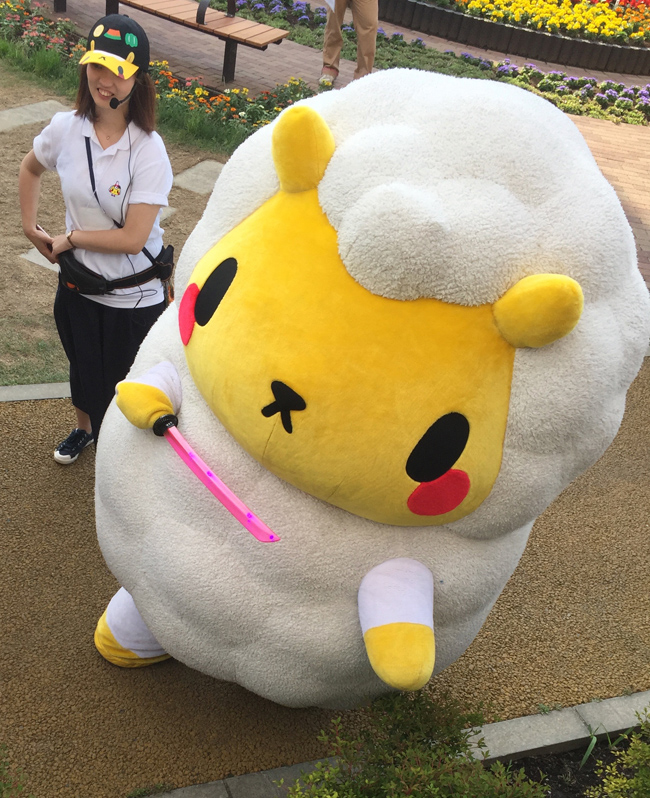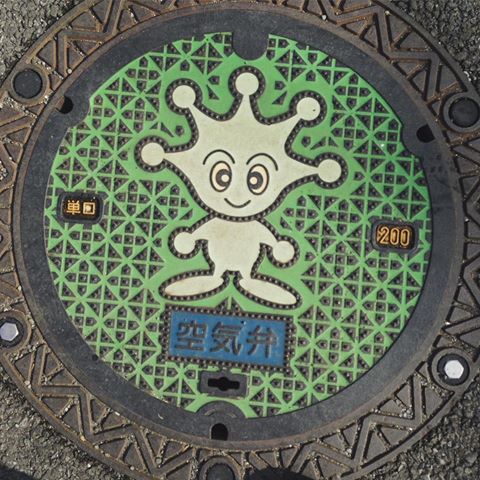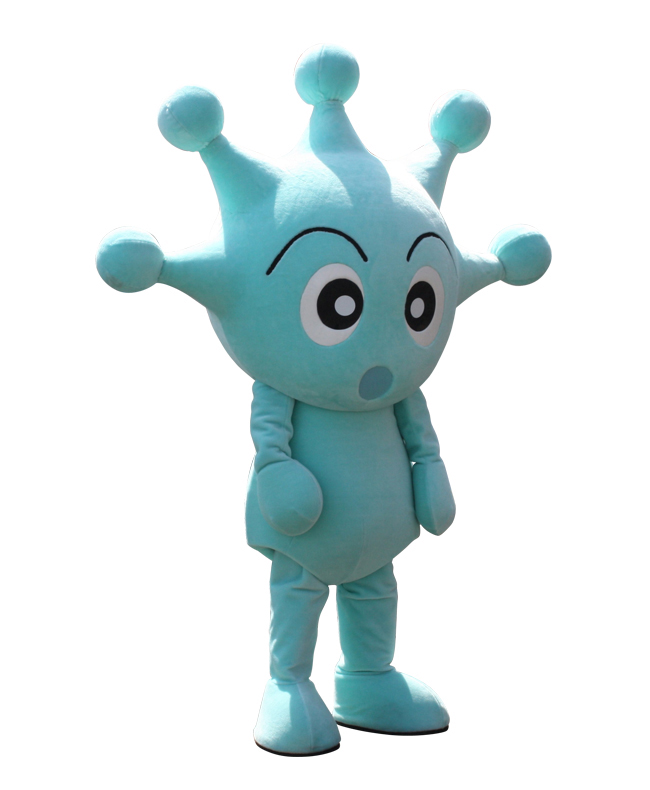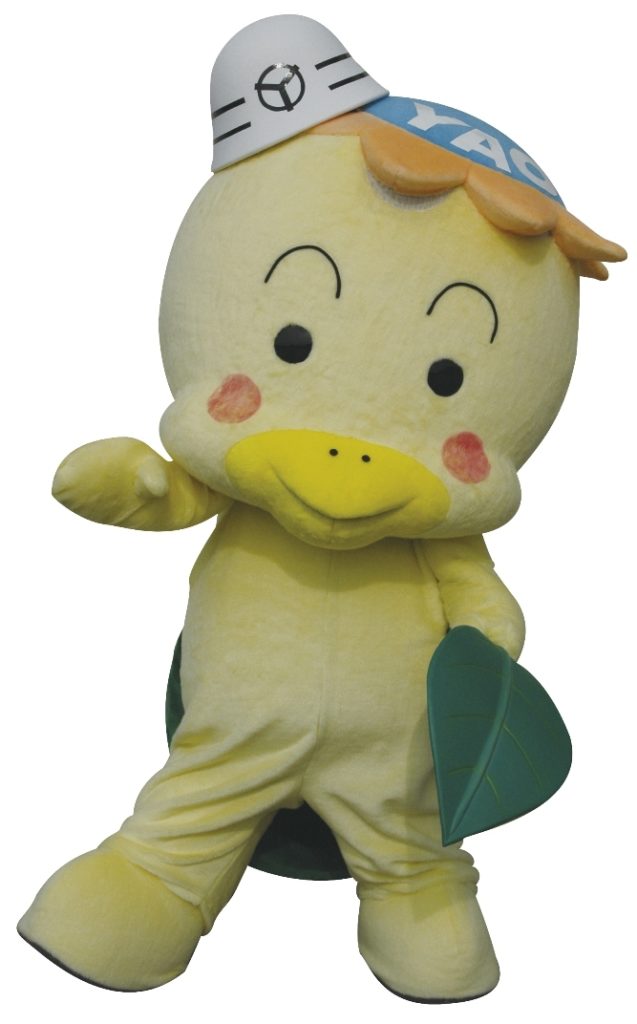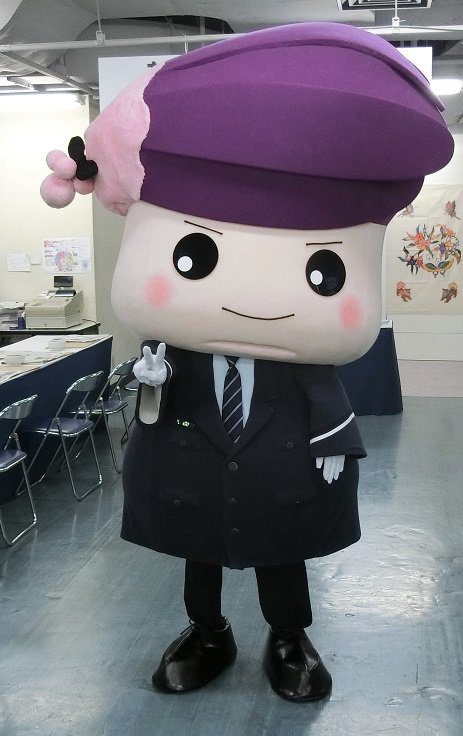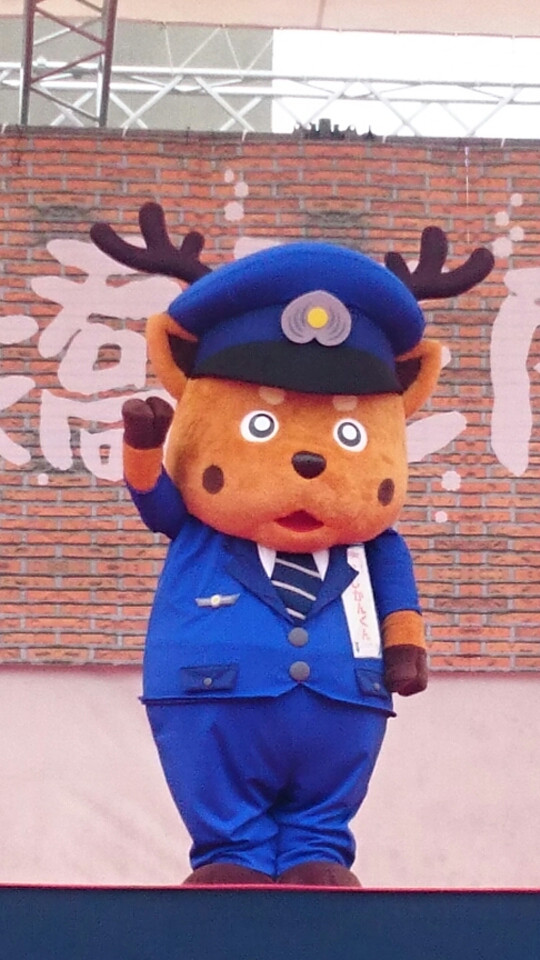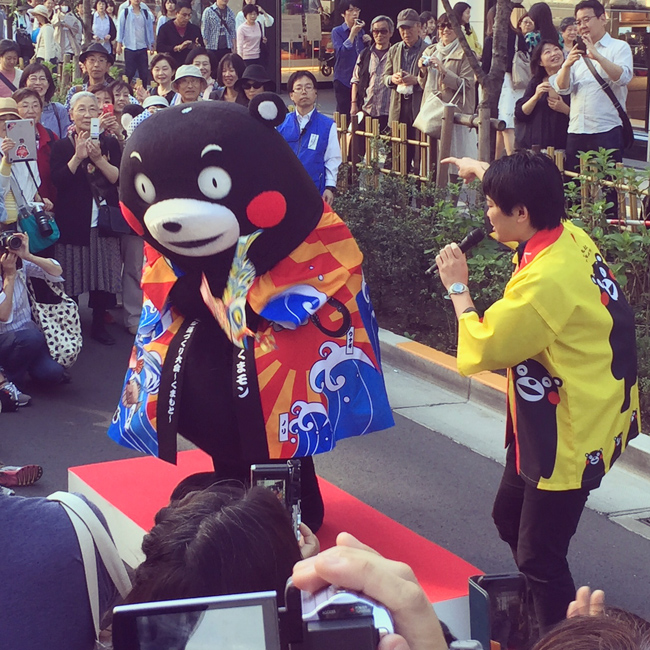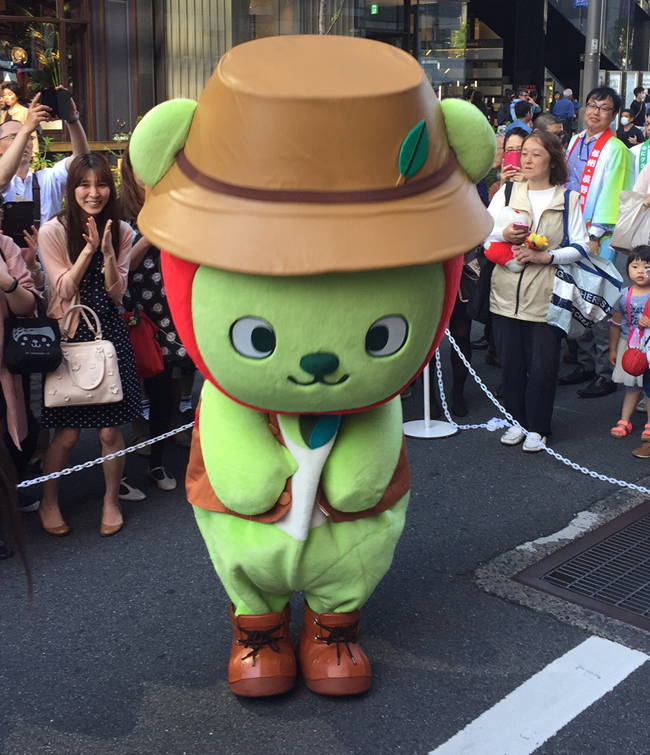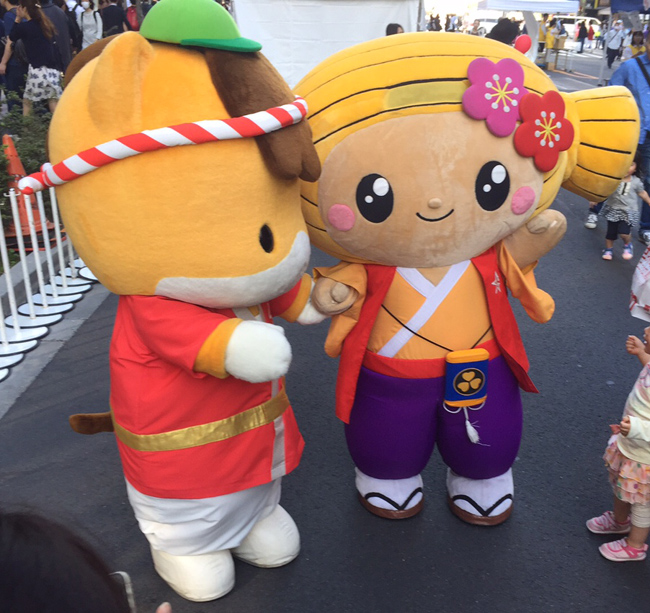Here are some photos from the second day of last weekend’s regional mascot event in Sumida, Tokyo. The star attraction on the second day was Funassyi, the hyperactive pear and unofficial mascot of Funabashi, Chiba. He and Kumamon never seem to appear on the same day at these events. They’re like the brothers from Oasis.
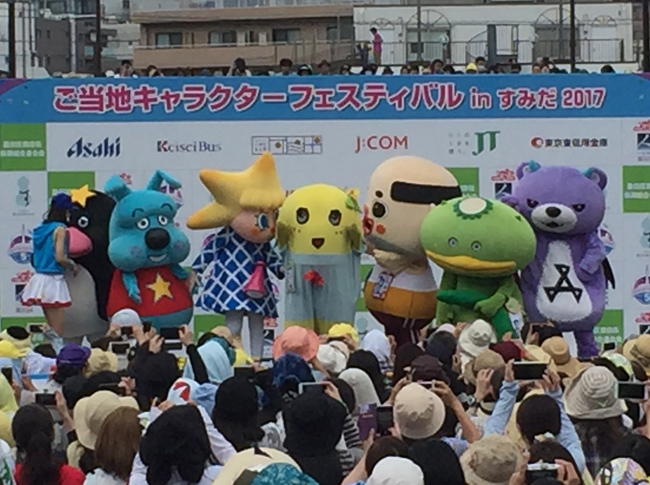
Funassyi takes centre stage.
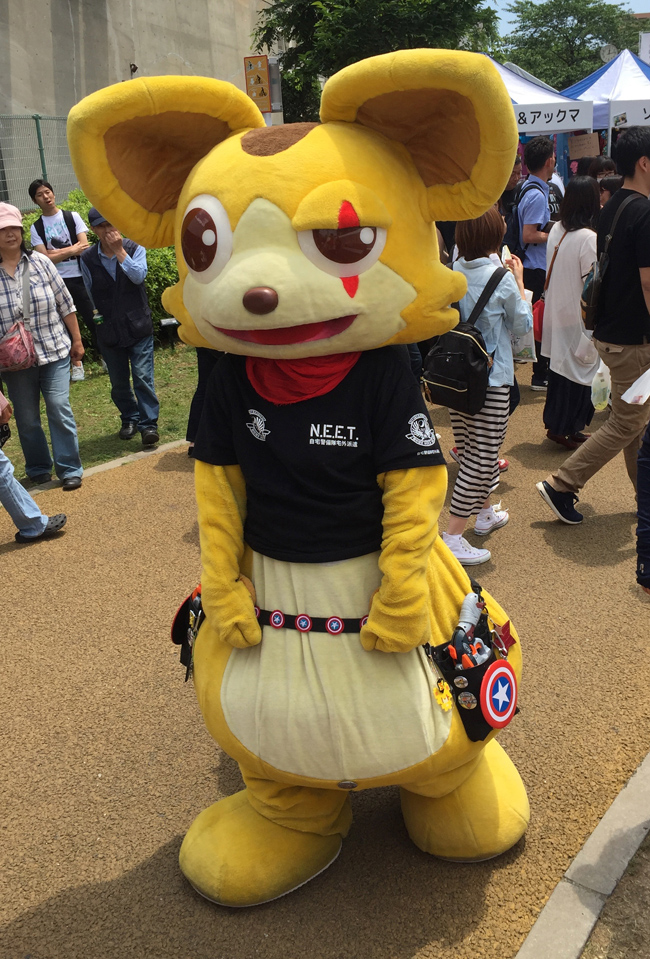
Osaki’s Thom Yorke lookalike, Spanky, is the guitarist for the yuruchara band, GCB47.

The bedraggled, trippy Psyche-Deli-san is a fitting mascot for Tokyo’s counter-culture enclave, Koenji.

The entertaining Goya-Sensei, a bitter melon from Fukuchiyama City in Kyoto, talks out of his forehead.
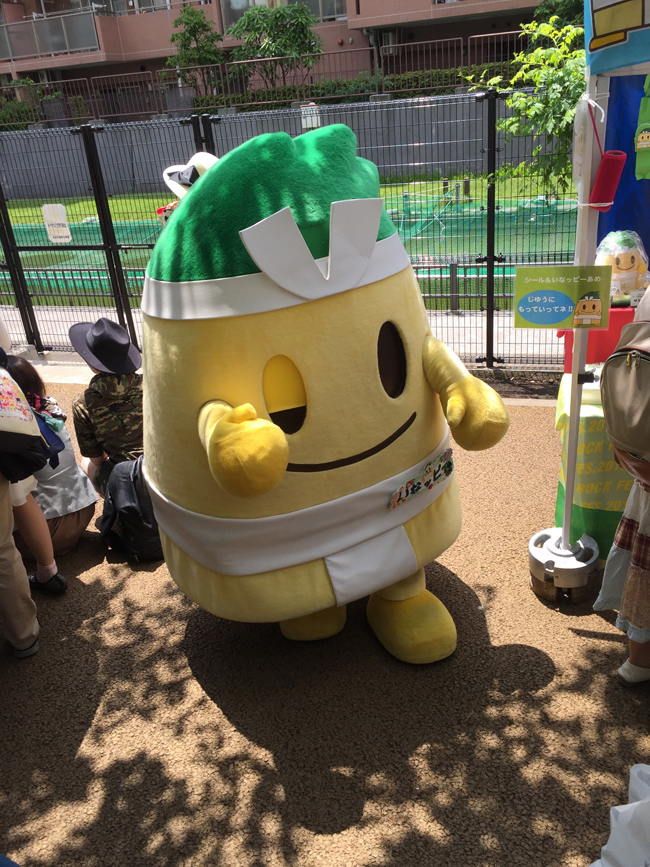
The winking “green spirit” Inappi comes from Inazawa City, Aichi.

Shirakawan is a white dog from Shirakawa City, Fukushima.

Sanomaru, official mascot of Sano City in Tochigi Prefecture, was voted best mascot at the Yuruchara Grand Prix in 2013. He wears traditional attire except for a noodle bowl for a hat.
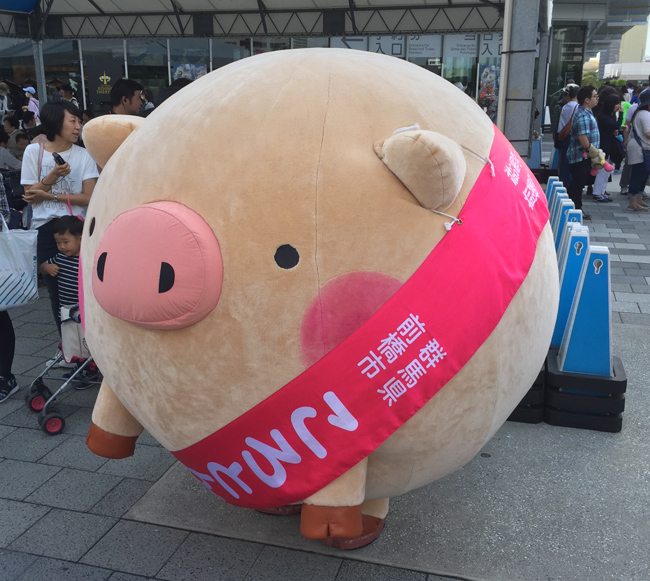
Coroton, the spherical pig, must surely be an easy target in his hometown of Maebashi in Gunma, a city celebrated for its pork dishes.

Sanada Yukimaru is the mascot of Ueda Haramachi in Nagano.

Fukka-chan, the beloved mascot of Fukaya City, in Saitama, a prefecture with seemingly hundreds of mascots.
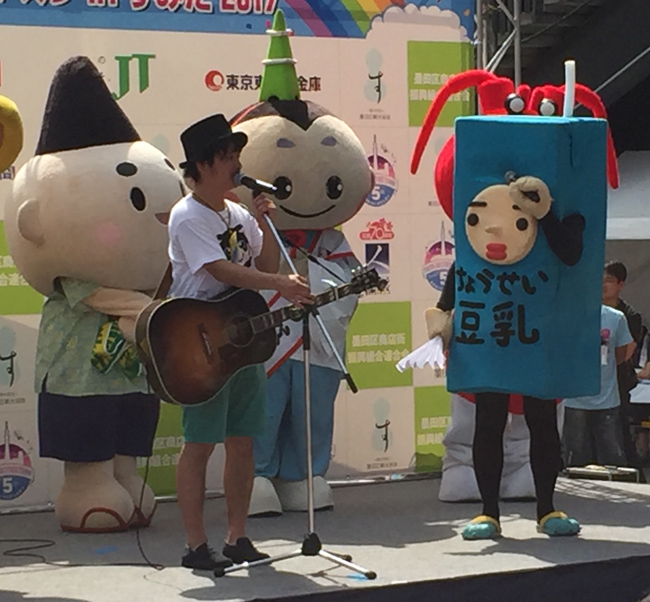
Talking into his forehead is Chosei Tonyu-Kun, a soy milk mascot whose face occasionally fall off.

The citrus fruit-headed water imp, Yuzu Gappa, of Tokushima Prefecture, reclines in the park. Is he aware that someone has drawn spectacles on his face?
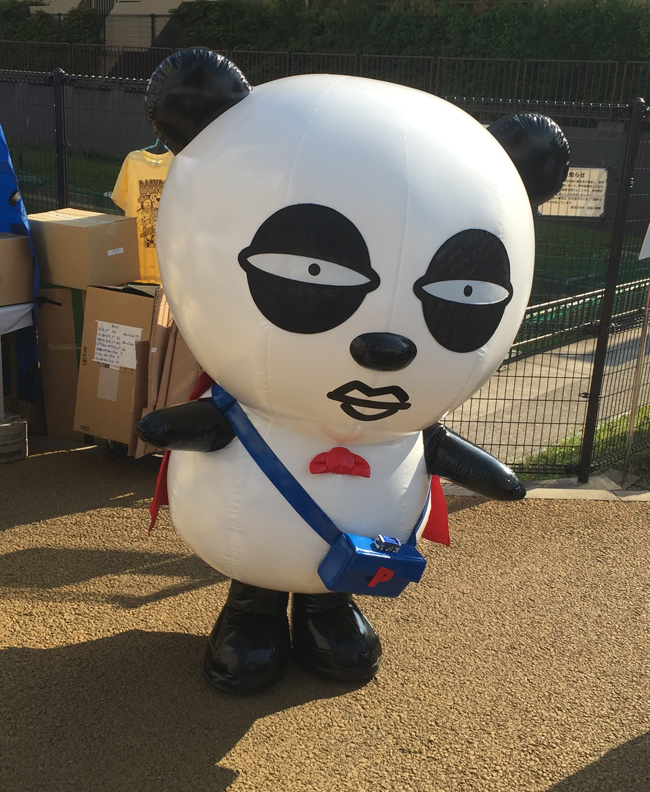
Keisei Panda, corporate mascot for Keisei Electric Railway, looks like he needs more sleep.

Kato Denosuke of Kato City, Hyogo. Cool hairstyle!
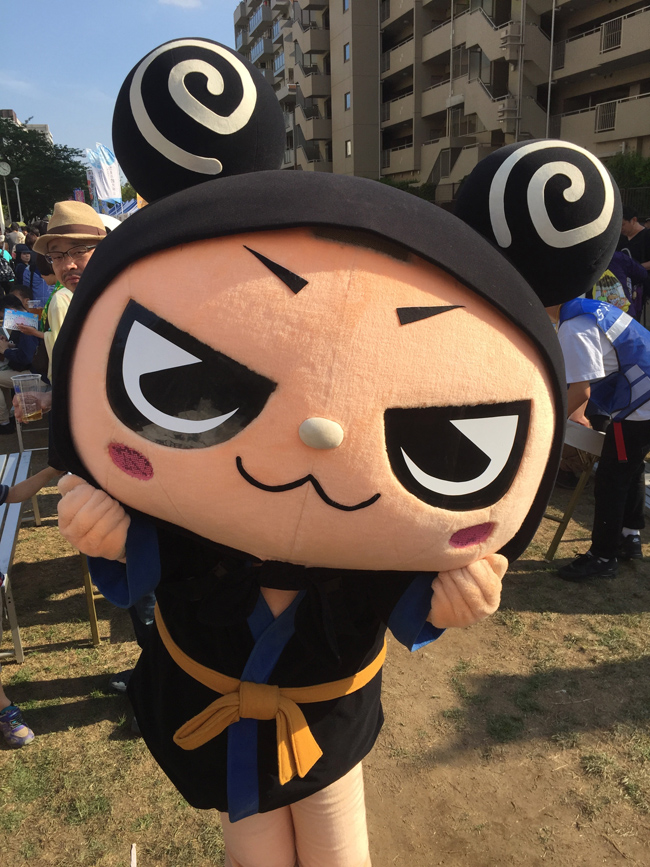
Jirokids, from Sumida, is a mouse in Edo-era garb.

Gatagoro, from Saga Prefecture’s Ariake Sea, draws portraits for his fans.

Iga Gurio is the tourism ambassador for Iga City, Mie. He’s a young ninja with a large belly from bingeing on local delicacies.

Kinshicho’s Kinbori looks like an escapee from South Park.

A mascot with a human face- Yamada Ruma, the friendly walking Daruma doll.

This slovenly middle-aged man, Chicchai Ossan, is the surprisingly popular mascot of Amagasaki City, and one of the first talking yuru-chara.

This old hustler is Hustle Komon, the mascot for Ibaraki Prefecture, and a character inspired by the long-running TV period drama, Mito Komon.
